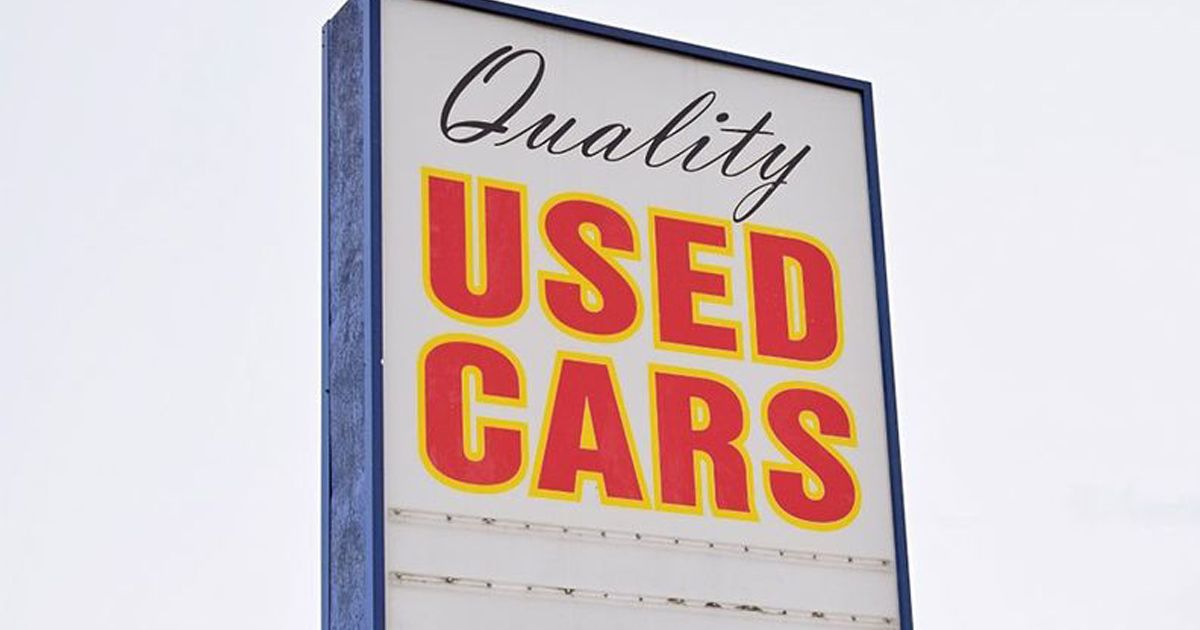
Wholesale used-vehicle prices fell “substantially” in August to cap off a summer that had been marked by more gradual monthly price declines.
Cox Automotive said Thursday that wholesale prices declined 4 percent in August compared with July. The Manheim Used Vehicle Value Index — an indicator of used-vehicle market pricing trends — declined to 210.8, down from 219.6 in July.
But wholesale prices remained elevated year over year. They were 8.4 percent higher in August than in the year-earlier period, when the index stood at 194.5. Those numbers are adjusted for mix, mileage and seasonality.
On a nonadjusted basis, the index fell 2.6 percent in August from its July level, with prices up 5.9 percent year over year.
Used-retail sales did see some growth, rising 11 percent in August from July. But sales were down 9 percent compared with the same time last year, when they were more robust, according to Cox Automotive.
Average wholesale prices for 3-year-old vehicles, the largest model year cohort at Manheim’s auctions, fell 2.5 percent during the last four weeks.
Cox estimated used-vehicle retail supply stood at 47 days at the end of August. That was down from 53 days at the end of July but up from 38 days in August 2021. Wholesale supply ended August at 27 days, lower than 31 days in July but higher than 21 days in August 2021.
Black Book, which maintains a second indicator of wholesale pricing trends — the Used Vehicle Retention Index — said the market saw continued declines in the week ended Sept. 3.
The overall rate of depreciation that week was “consistent” with what Black Book saw in the previous five weeks. Luxury segments reported the largest declines, with some depreciation rates exceeding 1 percent the week ended Sept. 3, according to Black Book.
Though wholesale prices are expected to further decline in the next one to two years, they will likely still be 30 to 40 percent above pre-COVID levels, according to an estimate from Alex Yurchenko, Black Book’s chief data science officer.
“We are in this elevated price environment for the foreseeable future,” Yurchenko said Wednesday. “The main reason is inventory. We’re not going to have the same level of used inventory coming back to the market in the next several years.”
Said Yurchenko: “Depending on how long the chip shortage or overall supply chain issues last, we might see this limited used-inventory environment for three, four or five years, depending on how fast we can get back some normality in the new market.”